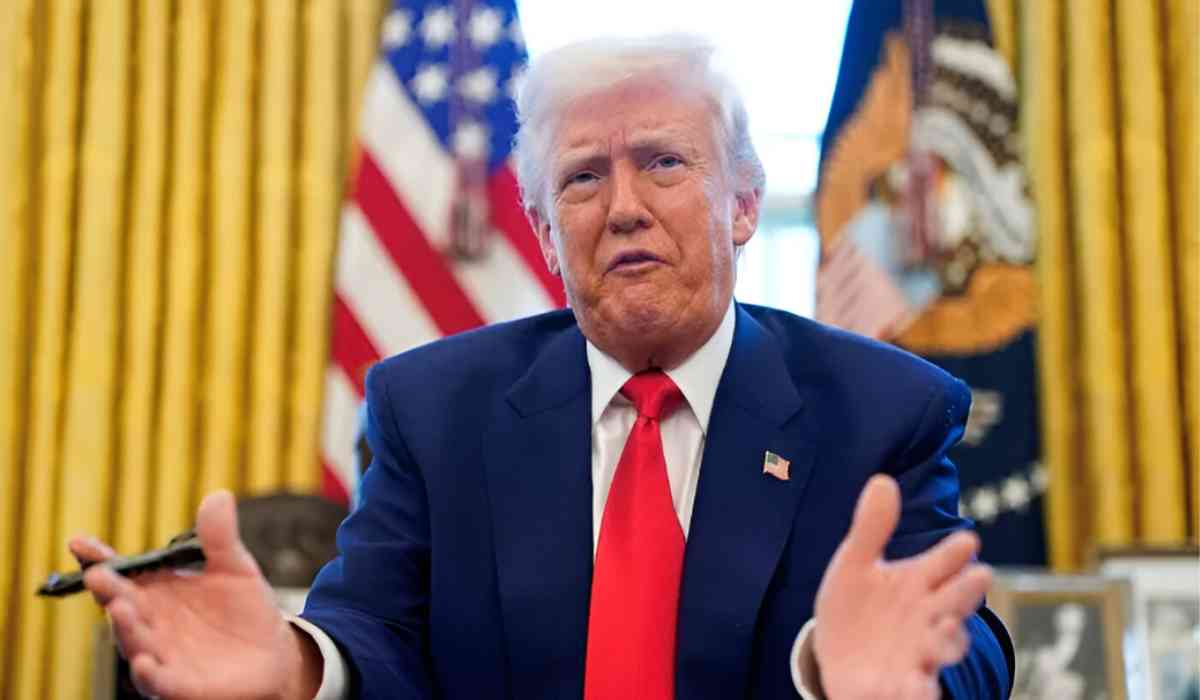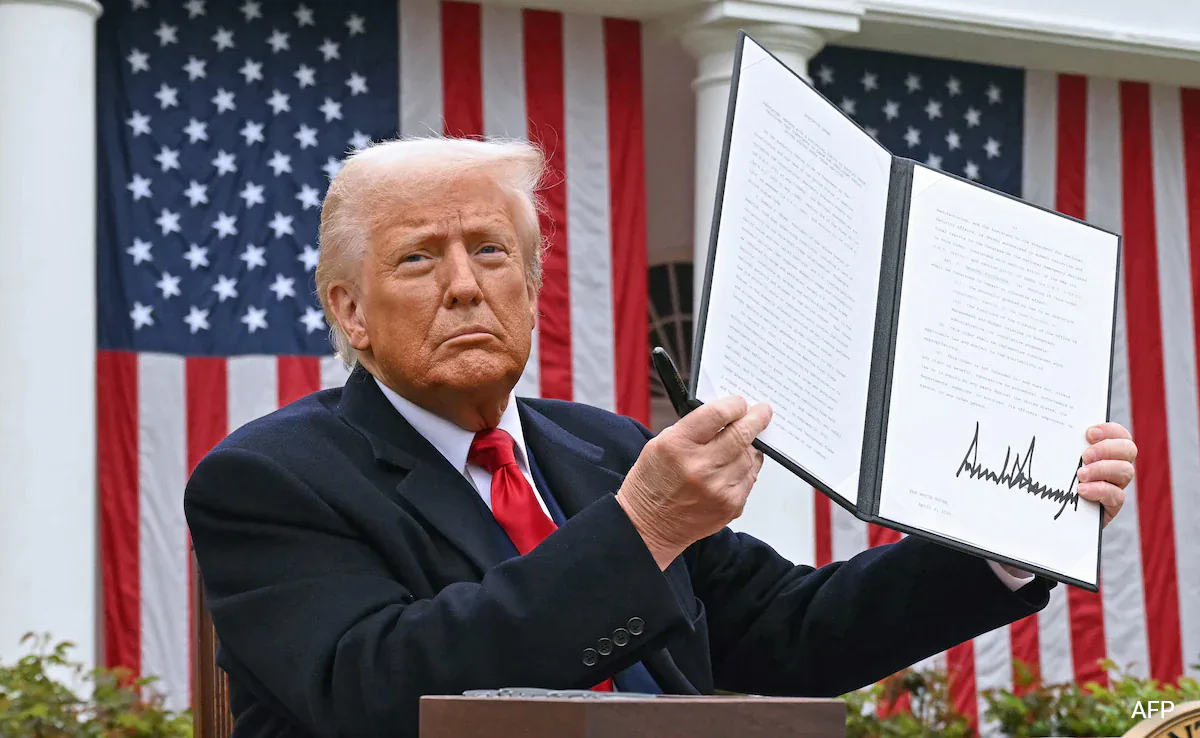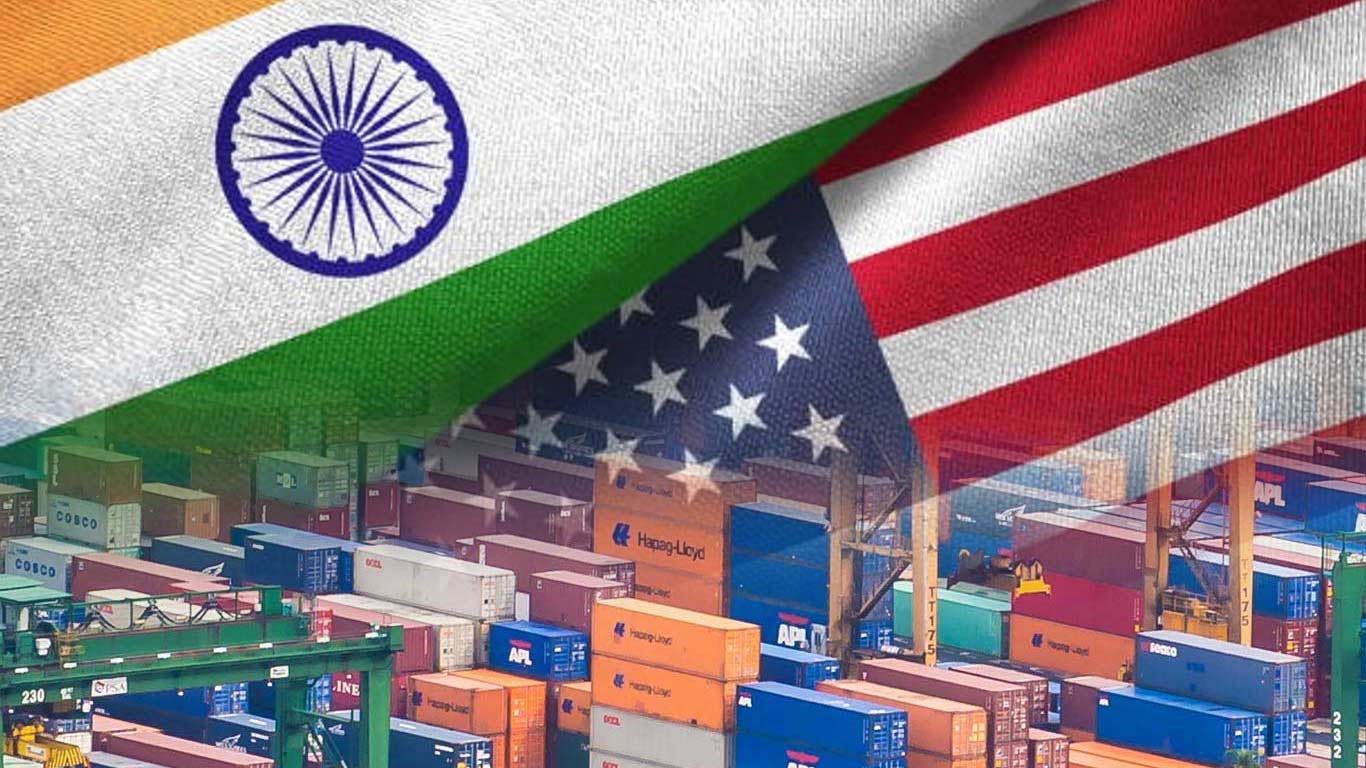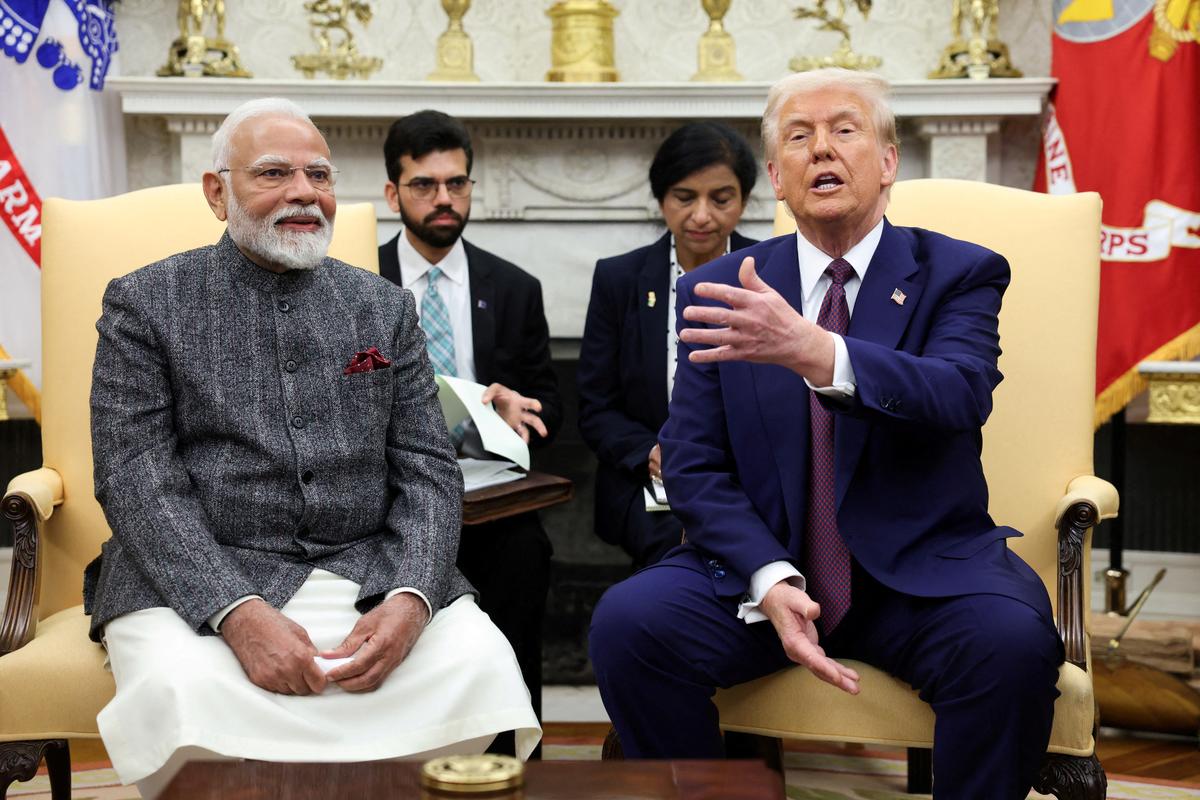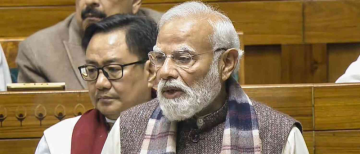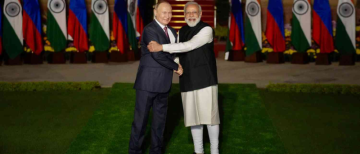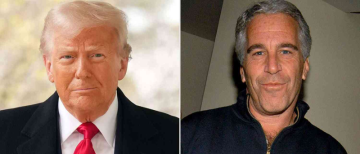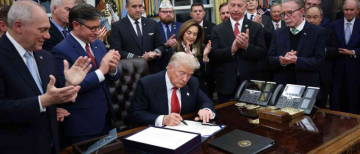In a major diplomatic flashpoint, U.S. President Donald Trump hinted that a significant trade deal with India is on the horizon, possibly slashing tariffs on a wide range of goods. This comes just days before a key July 9 deadline, when a 90-day pause on reciprocal tariffs—levied earlier this spring—could expire.
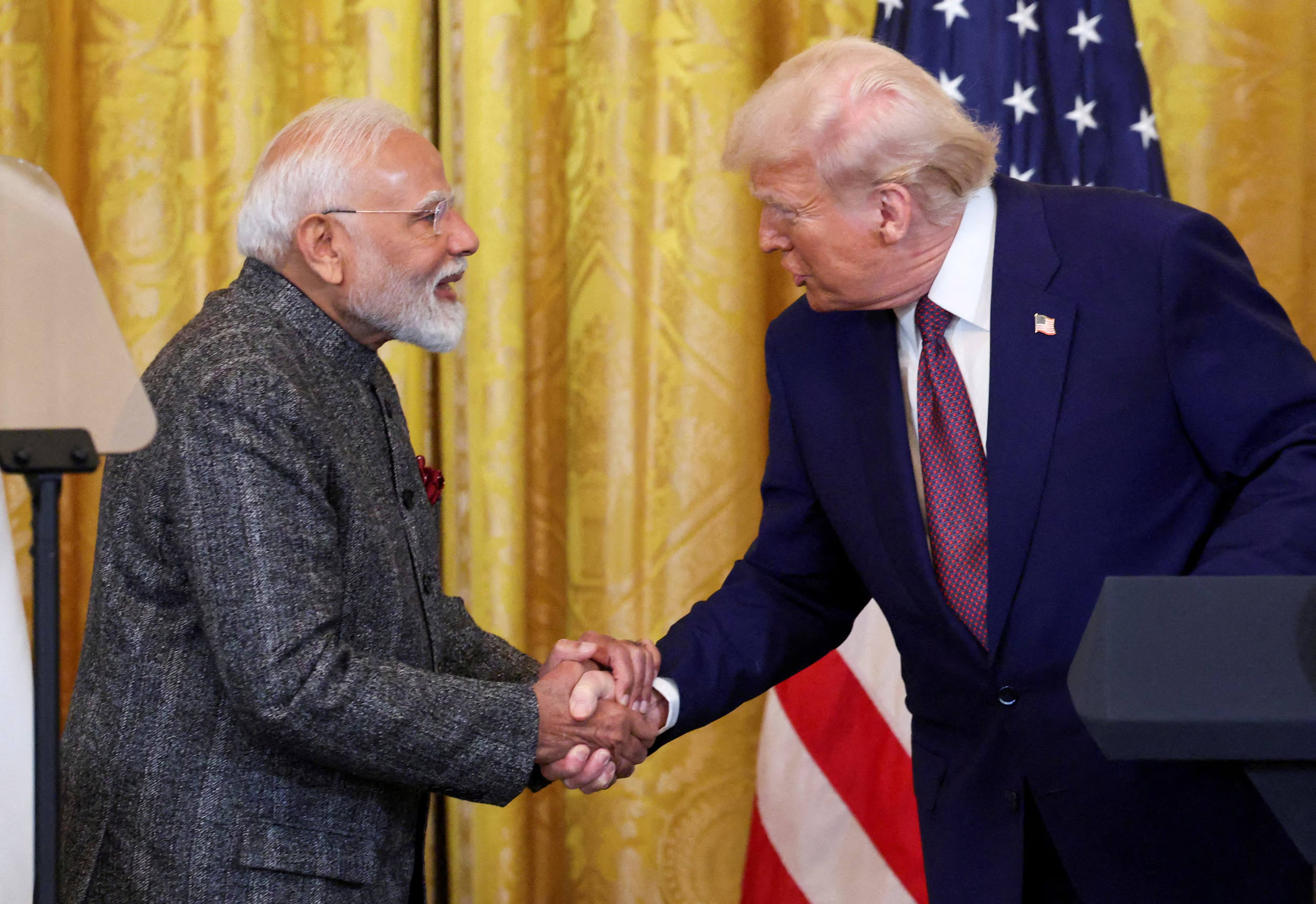
What’s the Big News?
President Trump said this week that Washington and New Delhi are close to finalizing a trade agreement featuring "much less tariffs" on both sides. He described the outcome as a “different kind of deal” that would allow fairer competition and deeper market access.
Meanwhile, Treasury Secretary Scott Bessent echoed this optimism, confirming that talks are at an advanced stage and focused on avoiding tariff hikes that could reach 26% on Indian exports.
Why July 9 Matters
Back in April, Trump introduced sweeping reciprocal tariffs—starting with a 10% baseline and spiking to sector-specific levies of up to 49% in some cases . Later, both sides agreed to pause these additional tariffs for 90 days ending July 9. If no deal is struck by then, the higher rates will snap back automatically.
What’s on the Table
The deal is being structured as a phased or “mini” agreement, concentrating on immediate tariff cuts in key goods rather than full liberalization. Major discussion points include:
-
Agriculture & Farm Goods: The U.S. wants India to open up its market to nuts, fruits, genetically modified crops, ethanol, and dairy. India has offered some concessions—such as almonds and pistachios—but remains firm on dairy, citing support for over 80 million small farmers.
-
Industrial Goods, Auto Parts & Steel: Negotiators are handling deep cuts in India’s high tariffs (average around 17%) and making sure U.S. manufacturers can compete. India's non-tariff barriers are also under review.
-
Energy, Defence & Retail Services: India is expected to increase U.S. natural gas imports, making market access easier for American energy and defence companies. The U.S. is also pushing for smoother rules for big retailers such as Amazon and Walmart.
Why It Matters
-
For the U.S.: A deal would support Trump’s "reciprocal tariffs" narrative—defending American jobs, manufacturing, and exports. With limited progress on Japan and South Korea, India represents the best chance to deliver a new trade win before the deadline.
-
For India: Avoiding the 26% tariff spike is top priority. A deal would keep exports flowing, particularly in farm and industrial sectors. But domestic political interests—especially in agriculture—demand careful handling.
-
For Global Trade: A successful mini-deal would reinforce U.S.–India ties, boost confidence after a trade deal with the UK and China, and send a message about Washington's pivot toward bilateral arrangements over multilateral ones .
What Could the Deal Look Like?
Experts suggest the immediate outcome may include:
-
Tariff reductions on thousands of products.
-
Indian agricultural concessions (nuts, fruits, ethanol).
-
U.S. market access in energy, defence, auto parts, steel, and retail.
-
No sweeping changes for dairy and autos, which likely stay protected for now .
Essentially, this phase-one outcome would pave the way for a broader, deeper trade pact later—possibly into autumn or beyond .
The Challenges Ahead
-
Agricultural limits: India’s poultry and dairy sectors remain highly sensitive. No major concessions in these sectors are expected soon.
-
Political pressure: Indian farmers remain vigilant after past protests. U.S. industries (like automobiles or steel) may lobby for tariff protection, limiting concessions.
-
Trust issues: Some view Trump’s aggressive stance—especially his comments on India–Pakistan and Iran—as upsetting India’s comfort level.
-
Trade negotiation fatigue: India is also pursuing deals with the EU and UK as part of its diversification strategy.
What Happens Next?
-
Over the next 7 days: Negotiators race against time to close details, especially on agriculture, dairy, auto parts, and steel. The Indian delegation remains in Washington, extending stay.
-
Political approval: Final sign-off may hinge on leaders—Trump and Modi—or their trade ministers.
-
Beyond July 9: Any agreement is viewed as the first instalment. The full deal—with deeper commitments—will likely take several more months.
Summary Table
| Key Elements | Likely Outcome |
|---|---|
| Tariffs on key goods | Reduced, not removed, in a phased “mini-deal” |
| Agriculture & dairy | Almonds, pistachios, ethanol: likely included; dairy: no |
| Autos & steel | Partial cuts expected, but not full removal |
| Energy & retail access | More U.S. imports likely, smoother access for retailers |
| Next phase | Further talks into autumn or beyond |
A limited, carefully worded agreement is emerging to postpone punitive tariffs, support exports, and stabilize trade relations. It’s not a sweeping free-trade pact—but a pragmatic step to protect both economies while leaving room for more comprehensive discussions later.
With inputs from agencies
Image Source: Multiple agencies
© Copyright 2025. All Rights Reserved Powered by Vygr Media.

